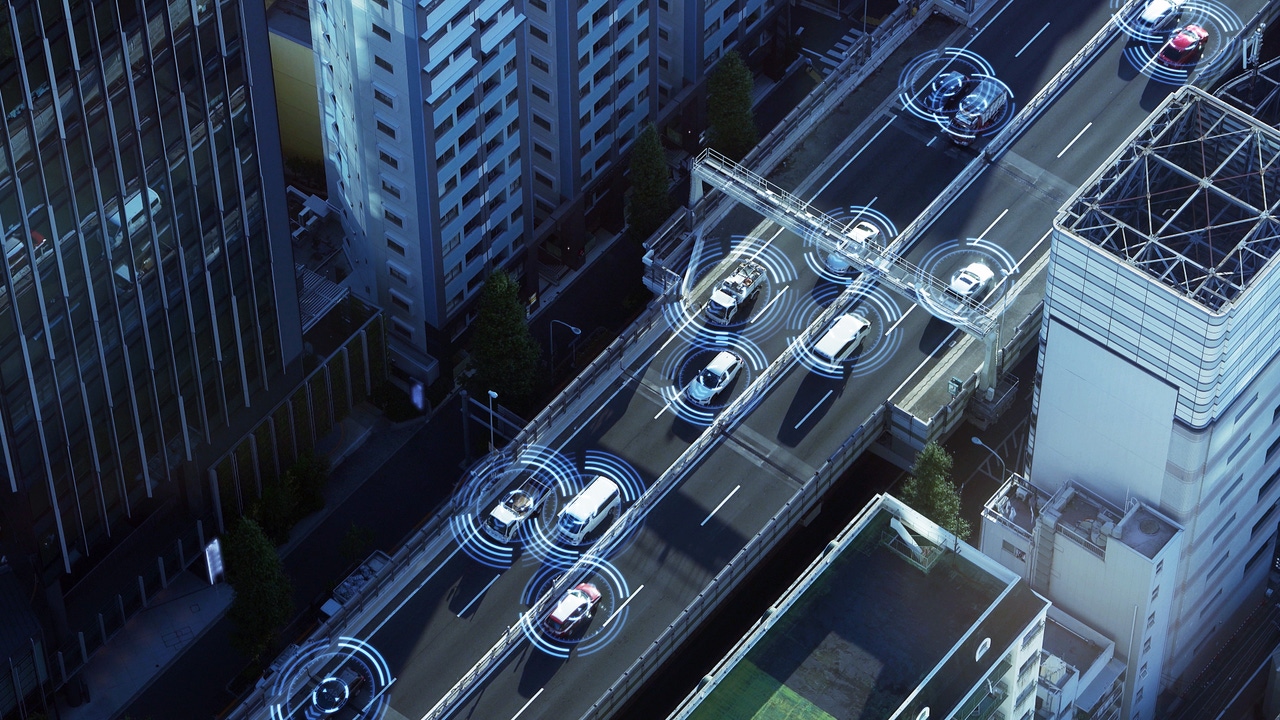Autonomous Vehicle Communication Needs a Rethink, Researchers Say
A new study advises developers to revise their thinking on the sounds AVs emit

Cornell University researchers believe they have a solution to the recurring problem of what sounds an autonomous vehicle (AV) should make.
The issue of how AVs communicate with other road users in traffic has been debated for some time.
But now a Cornell study – “Designing Robot Sound-In-Interaction: The Case of Autonomous Public Transport Shuttle Buses” – has suggested that developers need to revise their thinking.
Study co-author Malte Jung, associate professor of information science, explained: “If we want to create sounds for social engagement, it’s really about shifting the focus from ‘what’ sound to ‘when’ sound.”
The team behind the research focused on an autonomous electric bus program that carries riders along a predetermined route in the Swedish town of Linköping.
One issue the bus service regularly encounters is pedestrians and cyclists getting too close, causing the vehicles to brake suddenly. The Cornell team identified this as an opportunity to consider new ways of using sound to help AVs navigate complex situations and communicate with traffic.
To that effect, they designed several potential sounds for the bus, which were relayed through a waterproof Bluetooth speaker on the outside of the vehicle. Videos of the resulting interactions were analyzed, and subsequently used to select new sounds to test.
Different sounds tested included humming, voice recordings and even music. Among the findings were that low-pitched hums blended into road noise and high-pitched ones irritated the bus’s safety drivers; the repeated sound of a person saying “ahem” was ineffective; and that jingles such as “The Wheels on the Bus” reminded road users of ice cream vans. Standard vehicle noises – such as beeps and dings – got people’s attention.
But the most significant takeaway was that regardless of the type of sound, the timing and duration were more important. A noise that is too late can be incomprehensible, and so is often ignored.
The Cornell team believes what makes their study particularly compelling is that it was conducted out on the road, rather than in a quiet laboratory, as has tended to be the case with most elements of sound research previously.
“We’ve approached sound design all wrong in human-robot interaction for the past decades," Jung said. "We wanted to really rethink this and bring in a new perspective.”
The research team is hopeful the study will remind AV manufacturers that traffic is ultimately a social phenomenon – with road users constantly in communication with each other via signals, horns or lights – and that has to be taken into account in the development of self-driving vehicles.
About the Author
You May Also Like








